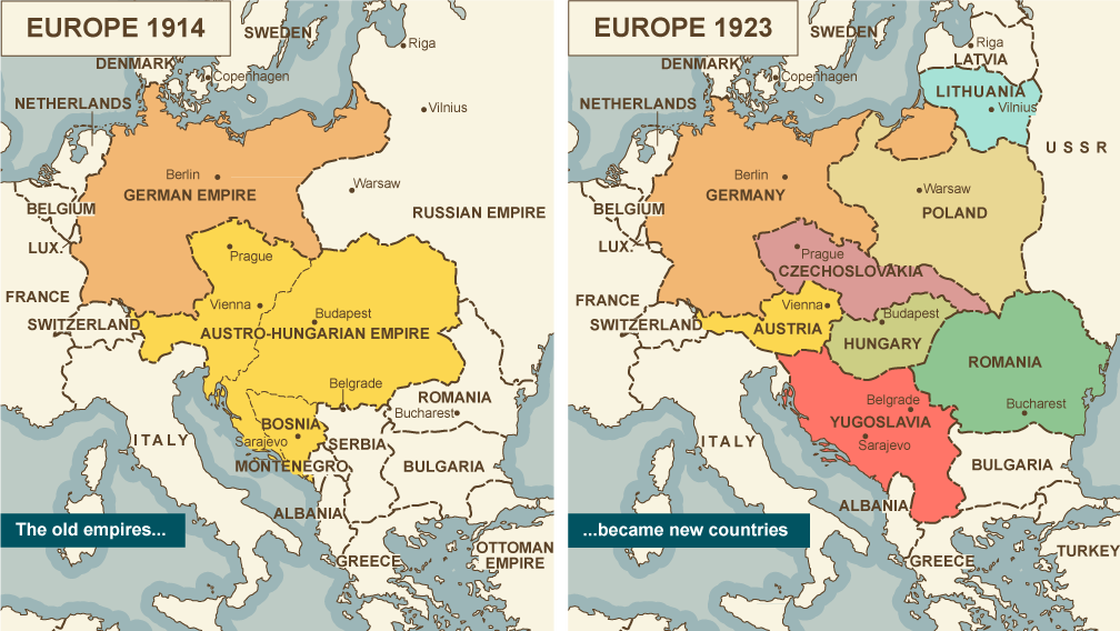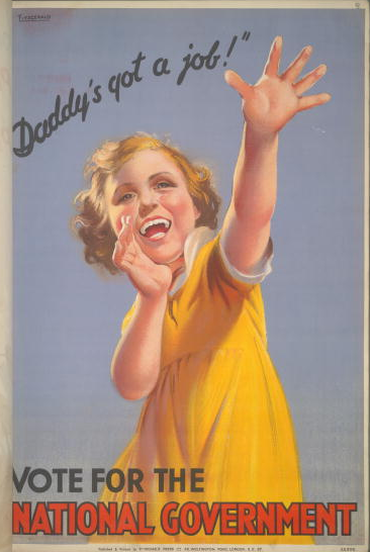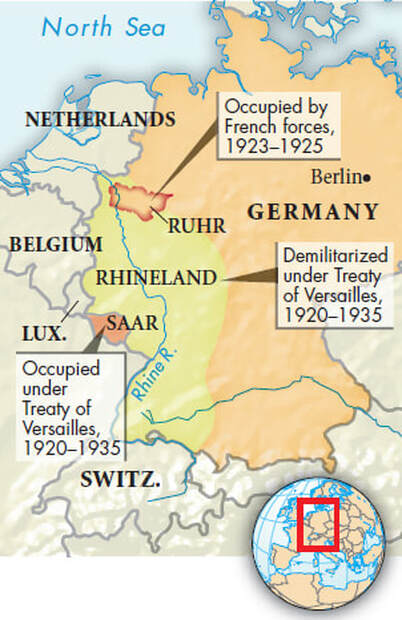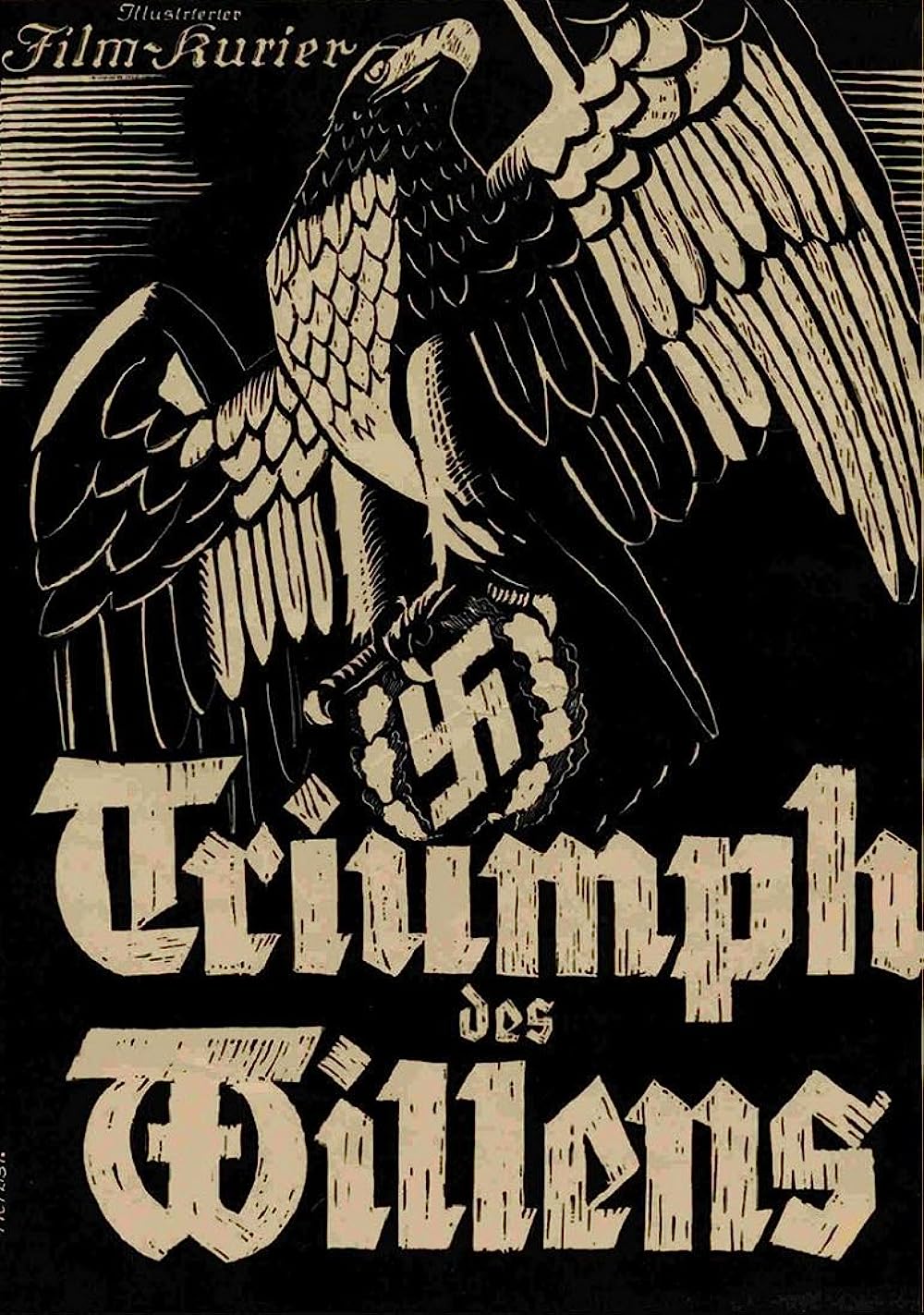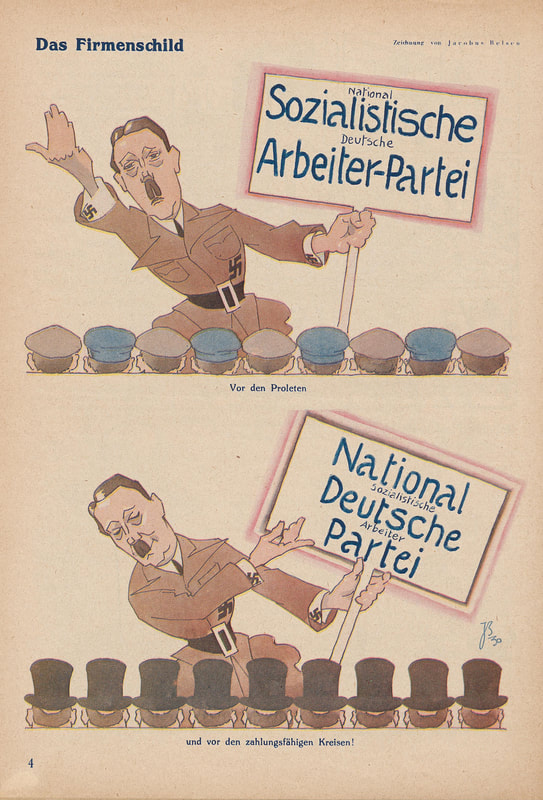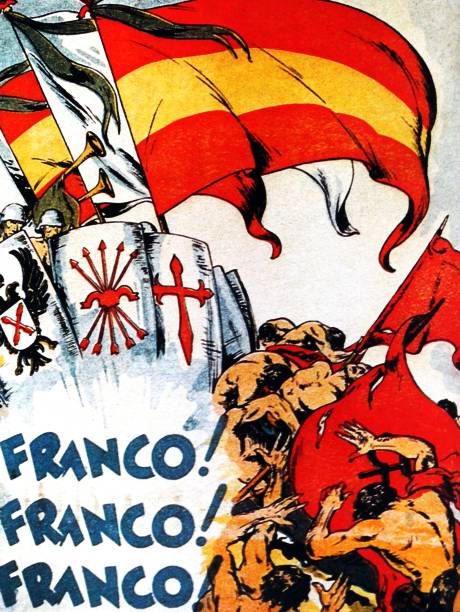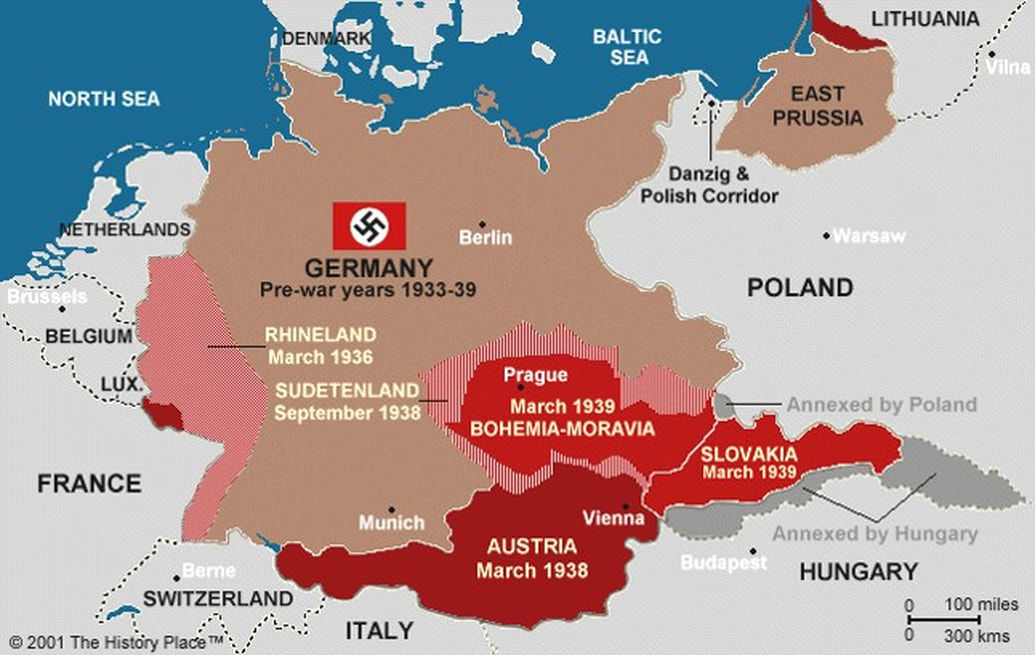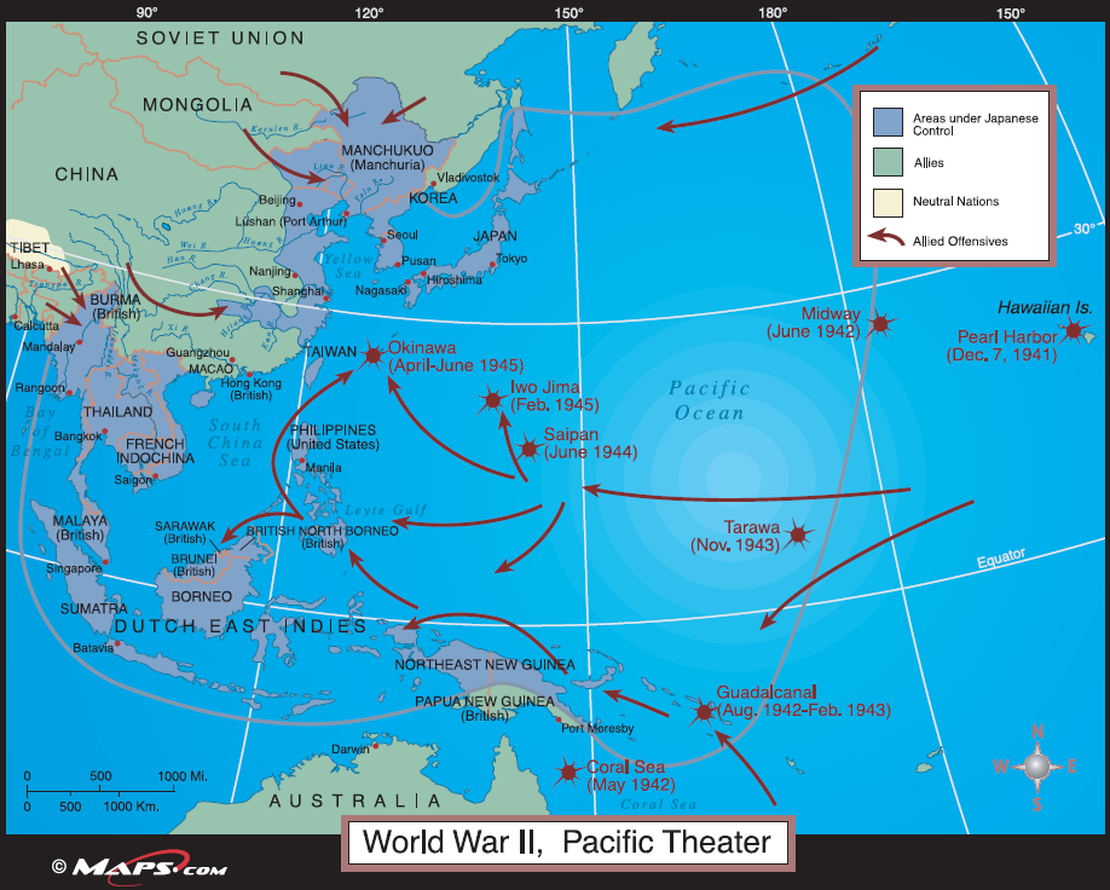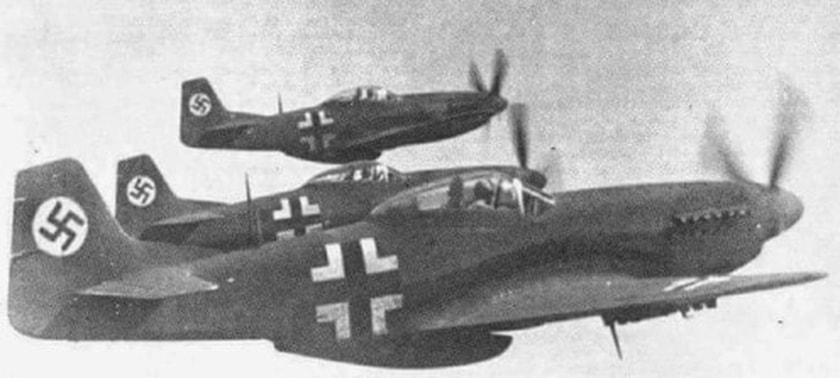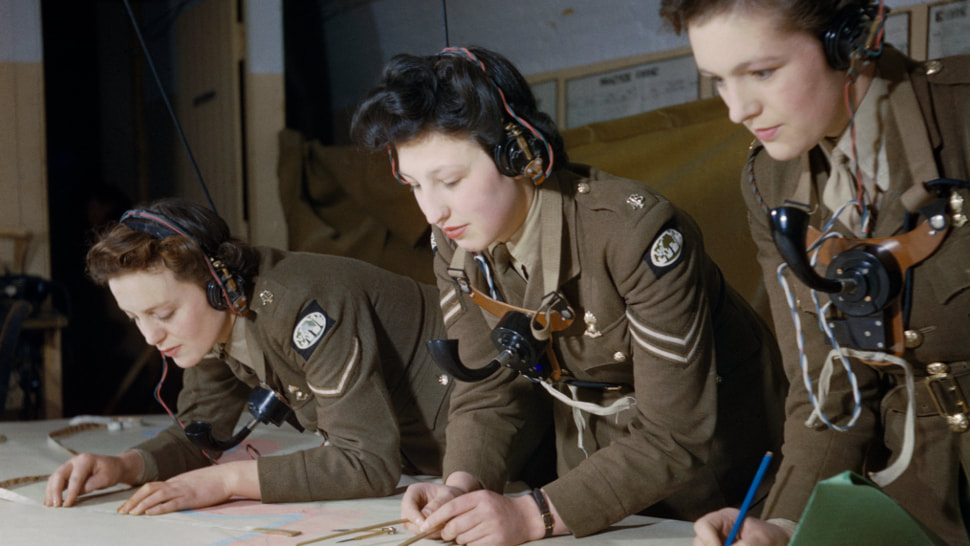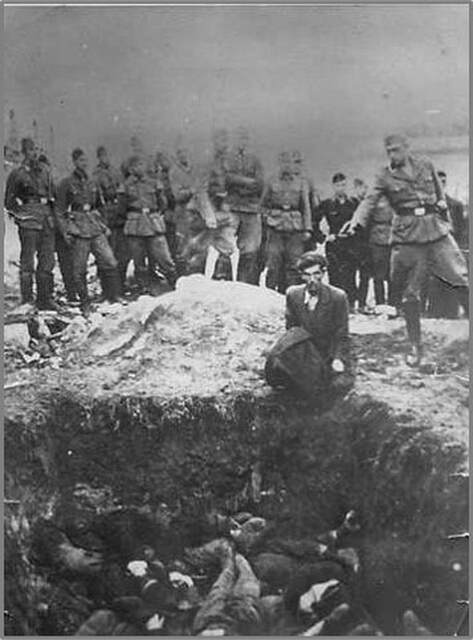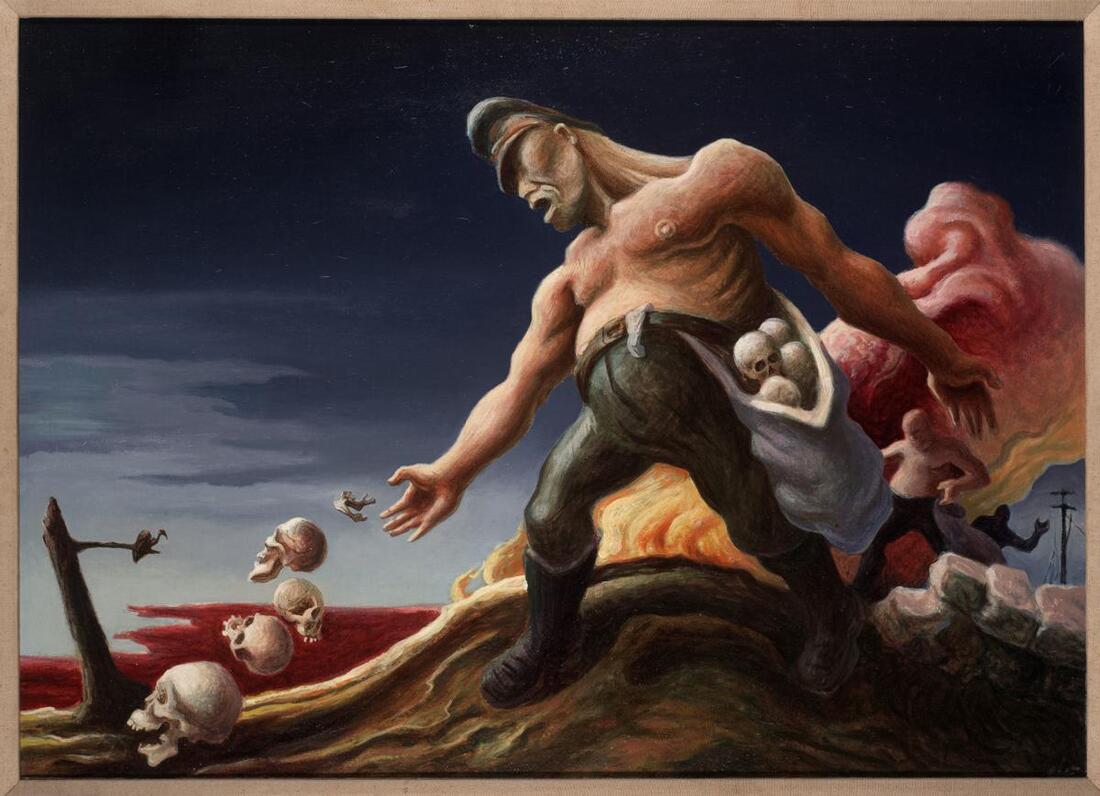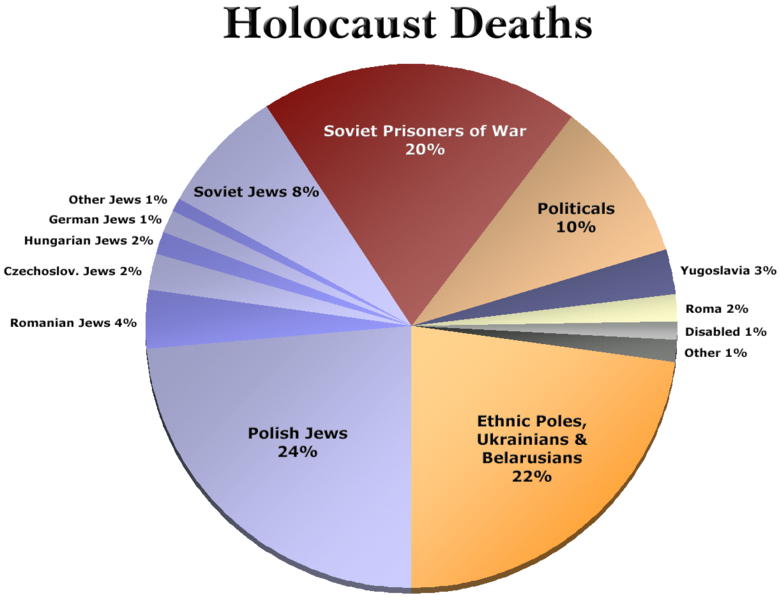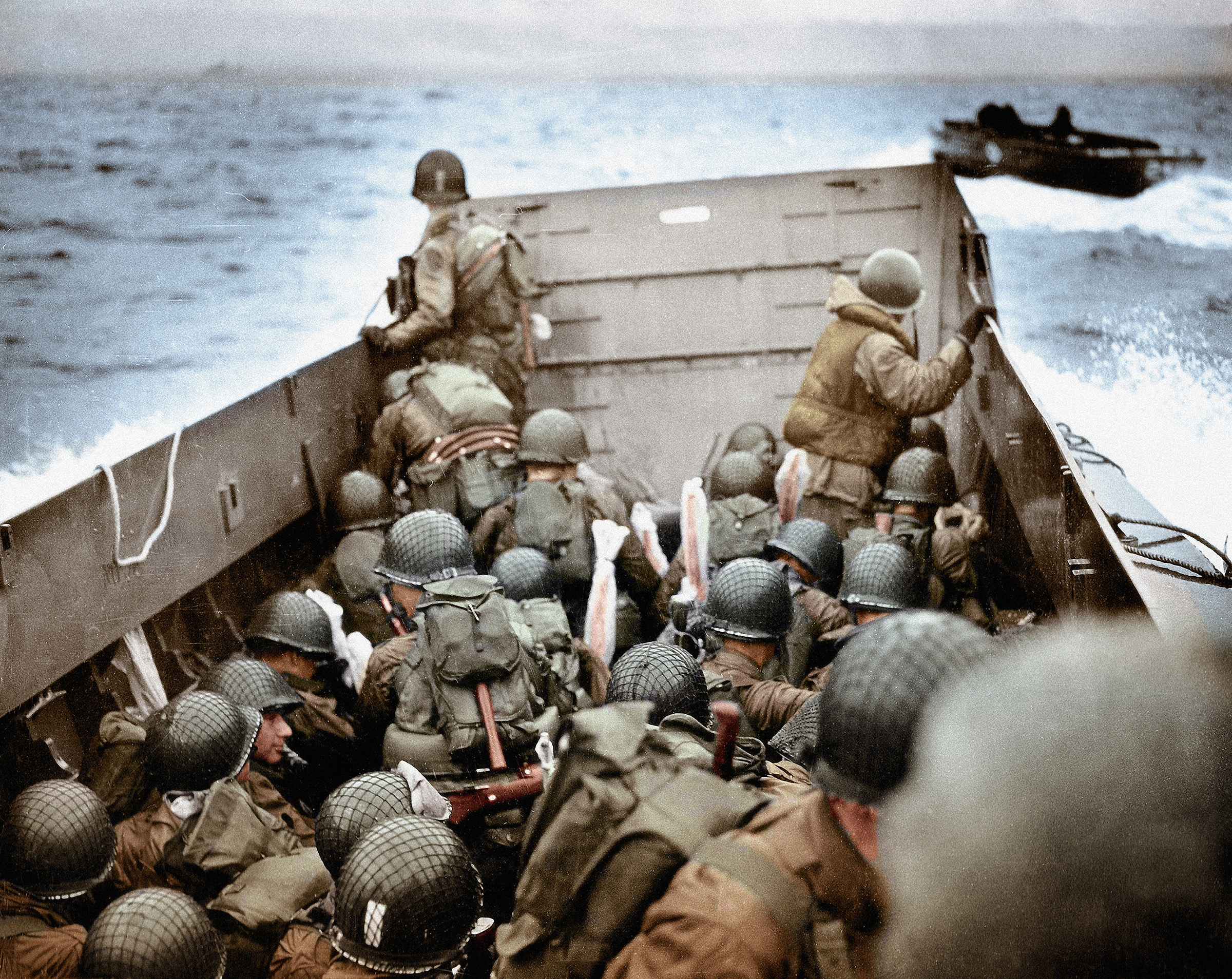During this second great war, the combatants engaged in wholesale destruction of cities, deliberate attacks on civilians, and the systematic destruction of their enemies’ industrial complexes.
The Second World War,
c. 1929-1945 CE
Contents
The newly established, postwar democracies in central and eastern Europe were too weak to provide stability either internally or in the European state system, especially during the Great Depression of the 1930s. The League of Nations, established after the war to employ collective security in the interests of peace, could not manage the international tensions unleashed by World War I. The breakdown of the settlement led to World War II, a conflict even more violent than World War I.
In Italy and Germany, charismatic leaders led fascist movements to power, seizing control of the post–World War I governments. Fascism promised to solve economic problems through state direction, although not ownership, of production. The movements also promised to counteract the provisions of the Treaty of Versailles by rearming the military and by territorial expansion. The efforts of fascist governments to revise the Treaty of Versailles led to the most violent and destructive war in human history, World War II—a conflict between democracies, temporarily allied with communist Russia, and fascist states.
During this second great war, the combatants engaged in wholesale destruction of cities, deliberate attacks on civilians, and the systematic destruction of their enemies’ industrial complexes. The Nazi government in Germany undertook the annihilation of Jews from the whole continent (the Holocaust), as well as the murder of other targeted groups of Europeans.
At the end of this conflict, fascist forces had been defeated, Europe was devastated, and the international diplomatic situation developed into a conflict between the capitalistic democracies and the centrally directed communist states. The economic and political devastation left a power vacuum that facilitated the Cold War division of Europe.
Source: https://apcentral.collegeboard.org/pdf/ap-european-history-course-and-exam-description.pdf
In Italy and Germany, charismatic leaders led fascist movements to power, seizing control of the post–World War I governments. Fascism promised to solve economic problems through state direction, although not ownership, of production. The movements also promised to counteract the provisions of the Treaty of Versailles by rearming the military and by territorial expansion. The efforts of fascist governments to revise the Treaty of Versailles led to the most violent and destructive war in human history, World War II—a conflict between democracies, temporarily allied with communist Russia, and fascist states.
During this second great war, the combatants engaged in wholesale destruction of cities, deliberate attacks on civilians, and the systematic destruction of their enemies’ industrial complexes. The Nazi government in Germany undertook the annihilation of Jews from the whole continent (the Holocaust), as well as the murder of other targeted groups of Europeans.
At the end of this conflict, fascist forces had been defeated, Europe was devastated, and the international diplomatic situation developed into a conflict between the capitalistic democracies and the centrally directed communist states. The economic and political devastation left a power vacuum that facilitated the Cold War division of Europe.
Source: https://apcentral.collegeboard.org/pdf/ap-european-history-course-and-exam-description.pdf
Capitalist and Democratic Failures
Objective: Explain the causes and effects of the global economic crisis in the 1920s and 1930s.
Post-World War I Recovery: Crash Course European History #36
The peace did not last. Today we're talking about the economic cultural recovery of the 1920s, and the economic depression of the 1930s, and the fragile state of Europe after the Great War. We'll also look at the rise of fascism via the auspices of populist leaders like Adolf Hitler and Benito Mussolini, and we'll set the stage for the war to come.
Capitalism
The American Dawes Plan and Young Plan stabilized the failing German economy and ushered in a brief period of prosperity during the Weimar Golden Age until the U.S. stock market crash in 1929. The Nazis, of course, were opposed to Dawes Plan and any foreign influence in Germany.
- The Great Depression, caused by weaknesses in international trade and monetary theories and practices, undermined Western European democracies and fomented radical political responses throughout Europe.
- World War I debt, nationalistic tariff policies, overproduction, depreciated currencies, disrupted trade patterns, and speculation created weaknesses in economies worldwide.
- Dependence on post-World War I American investment capital led to financial collapse when, following the 1929 stock market crash, the United States cut off capital flows to Europe.
- Despite attempts to rethink economic theories and policies and forge political alliances, Western democracies failed to overcome the Great Depression and were weakened by extremist movements.
- After failures to establish functioning democracies, authoritarian dictatorships took power in central and eastern Europe during the interwar period.
Britain
|
The British National Government was a coalition of Conservative, Liberal, Liberal National and National Labour politicians who worked together to pull Britain through the Great Depression.
|
France
Text: "It's the Soviets pulling the strings of the Popular Front." French right-wing critics denounced the Popular Front alliance of Liberals, Socialists, and Communists as puppets of the Soviet Union.
|
French prime minister Léon Blum, a Jew, led the anti-fascist left-wing Popular Front coalition of liberals, socialists, and communists. Workers obtained major new rights and worker wages rose 48%. However, these income gains were offset by 46% inflation and lingering high unemployment. During World War II, Blum was imprisoned at Buchenwald concentration camp.
|
Scandinavia
Weimar Germany
|
During the Ruhr Crisis, Weimar Republic suffered extreme hyperinflation which crippled the German economy.
As the Ruhr Crisis deepened, Adolf Hitler tried to spark a far-right revolution to install Germany's wartime leader General Erich Ludendorff as dictator during the failed Beer Hall Putsch. While in prison afterward, Hitler wrote his political treatise Mein Kampf.
|
Poland
|
Józef Piłsudski overthrew the infant Polish Republic in the 1926 May Coup and ruled as a behind-the-scenes dictator until his death in 1935.
|
Hungary
|
Béla Kun led a communist revolution that established the short-lived 1919 Hungarian Soviet Republic which collapsed when Romania invaded Hungary. Miklós Horthy oversaw a right-wing White Terror and collaborated with Nazi Germany during World War II.
|
Communists dashing through streets of Budapest, March 1919
|
Hungary lost 72% of its territory in the Treaty of Trianon.
Romania
|
Ion Antonescu (left) allied himself with the far-right Iron Guard party and allied Romania with Nazi Germany during World War II.
|
|
Capitalist and Democratic Failures Quizlet (comprehensive)
Capitalist and Democratic Failures Quizlet (abridged)
|
Totalitarianism
Objective: Explain the factors that led to the development of fascist and totalitarian regimes in the aftermath of World War I.
Economic Depression and Dictators: Crash Course European History #37
Today we talk about the rise of militaristic dictatorships in Germany, the Soviet Union, Japan, and Spain, and the economic depression that set the stage for their rise.
Fascism
Fascist Party Headquarters in Rome in 1934
|
Reacting against the looming communist threat during the Two Red Years, Blackshirts conducted the March on Rome in 1922 to install Benito Mussolini as the new Italian prime minister.
|
Stalinism
Objective: Explain the consequences of Stalin’s economic policies and totalitarian rule in the Soviet Union
A Soviet Cult of Personality celebrated Joseph Stalin, depicted here in the Socialist Realist style.
The sculpture Worker and Kolkhoz Woman (1937) is one of the most famous art works of Socialist Realism.
|
Altered documents erased individuals killed during the Great Purge from the historical record.
Millions starved through the process of forced Collectivization. The Holodomor famine in Ukraine was a genocidal, engineered disaster.
|
Propaganda posters for the Five-Year Plans
National Socialism
- Mussolini and Hitler rose to power by exploiting postwar bitterness and economic instability, using terror, and manipulating the fledgling and unpopular democracies in their countries.
|
Top: "For the Workers: National SOCIALIST German WORKERS' PARTY"
Bottom: "For the Wealthy: NATIONAL Socialist GERMAN Workers' PARTY" In this 1931 satire, Hitler emphasizes different parts of the name of the National Socialist German Workers' Party (NSDAP) according to the likely ideological beliefs of his audience. The 1933 Reichstag Fire allowed Hitler to arrest communist and socialist political opponents and consolidate power under the cover of martial law.
Hitler and Heinrich Himmler murdered rival Nazi Party leaders during the 1934 Night of the Long Knives. Just days later, President Paul von Hindenburg died. With a monopoly on Party and State power, Hitler announced he had become Germany's Führer .
|
|
Thousands of Jewish homes, businesses, and synagogues were burned or looted throughout Germany and Austria during the 1938 Kristallnacht pogrom.
|
Fascist Aggression
Objective: Explain how and why various political and ideological factors resulted in the catastrophe of World War II.
Nazi Germany field tested its new high-altitude long-range aerial bombers on a small Basque town. Spanish artist Pablo Picasso painted his masterpiece Guernica (1937) protesting the horrors of modern, industrial warfare.
The Spanish Civil War was a proxy war between far-right Spanish Nationalists led by Francisco Franco with assistance from Nazi Germany and Fascist Italy and far-left Spanish Popular Front Republicans supported by the Soviet Union.
|
The German remilitarization of Rhineland in 1936 was the first major violation of the Treaty of Versailles in the lead-up to World War II.
The Nazi-Soviet Nonaggression Pact, signed in August 1939, caught the world by surprise given the militant rhetoric each power had toward the other. Just days later, Germany and the USSR invaded Poland and the Second World War began.
|
|
Totalitarianism Quizlet (comprehensive)
Totalitarianism Quizlet (abridged)
|
The Second World War
Objectives:
- Explain how technology and innovation affected the course of World War II and the 20th century.
- Explain how and why cultural and national identities were affected by war and the rise of fascist/totalitarian powers in the period from 1914 to the present.
World War II: Crash Course European History #38
Only a couple of decades after the end of the First World War--which was supposed to be the War that Ended All Wars--another, bigger, farther-flung, more destructive, and deadlier war began. Today, you'll learn about how the war in Europe progressed, from the Molotov-Ribbentrop pact and the invasion of Poland, to the Western and Eastern fronts, to V-E Day and the atom bombs used in Japan.
- Germany’s Blitzkrieg warfare in Europe, combined with Japan’s attacks in Asia and the Pacific, brought the Axis powers early victories.
- American and British industrial, scientific, and technological power, cooperative military efforts under the strong leadership of individuals such as Winston Churchill, the resistance of civilians, and the all-out military commitment of the USSR contributed critically to the Allied victories.
- Military technologies made possible industrialized warfare, genocide, nuclear proliferation, and the risk of global nuclear war.
- During the world wars, women became increasingly involved in military and political mobilization, as well as in economic production.
- Fueled by racism and anti-Semitism, Nazi Germany—with the cooperation of some of the other Axis powers and collaborationist governments—sought to establish a “new racial order” in Europe, which culminated with the Holocaust.
- World War II decimated a generation of Russian and German men; virtually destroyed European Jewry; resulted in the murder of millions in other groups targeted by the Nazis including Roma, homosexuals, people with disabilities, and others; forced large-scale migrations; and undermined prewar class hierarchies.
World War II Civilians and Soldiers: Crash Course European History #39
Our look at World War II continues with a closer examination of just how the war impacted soldiers in the field, and the people at home. For many of the combatants, the Homefront and the warfront were one and the same. The war disrupted life for millions upon millions of people. You'll learn about the different experiences of the populations of various combatant states.
1939-1941
German airplanes during the Second World War emblazoned with the Nazi swastika symbol on their tails.
By July 1940, the United Kingdom stood alone against the Axis Powers. For months, the Royal Air Force fought the Luftwaffe in the skies during the Battle of Britain as London suffered through the Blitz.
|
Soviet sniper
|
Frustrated by Germany's inability to eliminate Britain, Hitler turned on the USSR with Operation Barbarossa in June 1941.
|
Chełmno, the first Nazi extermination camp, began operations on December 8, 1941. By February 1943, 75-80% of Holocaust victims were dead. The first U.S. troops in Europe landed in Sicily six months later.
|
The Second World War, 1939-1941 Quizlet (comprehensive)
The Second World War, 1939-1941 Quizlet (abridged)
|
1942-1945
The Holocaust, Genocides, and Mass Murder of WWII: Crash Course European History #40
During World War II, Nazi Germany undertook the imprisonment and summary execution of many of its own citizens, and citizens of the nations they occupied. One of the groups that came under assault was the European Jewish population. More than six million Jewish people were killed in a systematized genocide. Five million more people died in the same time frame because of Nazi persecution. In addition to the Jews, Roma people, homosexuals, political dissidents, Polish people, Slavic people, black people, and many other perceived enemies were imprisoned and killed by the regime.
The first great turning point of the war in Europe was British General Bernard "Monty" Montgomery's defeat of German General Erwin Rommel's Africa Corps at the Battle of El Alamein, Egypt in October 1942. After driving Axis forces from Africa, Allied forces launched an invasion of Italy in 1943.
The major turning point of the war was the Soviet defeat of German forces at the Battle of Stalingrad during the winter of 1942-1943.
|
American General Dwight D. Eisenhower, the Supreme Allied Commander in Europe, with other top officers during a planning session for the D-Day invasion of France.
|
|
Soviet forces had the upper hand on the Eastern Front after the massive clash of tanks at the Battle of Kursk in August 1943.
These U.S. Army infantry men were amongst the first to face the heavy German defenses at Omaha Beach, Normandy, France, on June 6, 1944.
|
The Big Three - Churchill, FDR, and Stalin - first met at the Tehran, Iran Conference in November 1943, and again at the Yalta, Russia Conference in February 1945.
Allied forces liberated Paris shortly after American, British, and Canadian forces invaded Normandy, France on June 6, 1944. Soviet forces captured Berlin by April 1945. Germany surrendered on May 8, 1945, V-E (Victory in Europe) Day.
From February 13-15, 1945, 800 Allied bombers dropped 2,700 tons of explosives and incendiaries on Dresden, Germany, a major rail and road hub. Dresden’s destruction was intended to terrorize the civilian population and clog all transportation routes with throngs of refugees. An estimated 22,700 to 25,000 were killed. The U.S. bombing of Tokyo, Japan in March 1945 destroyed 16 square miles of the city and killed approximately 100,000 people in the single most destructive bombing raid in human history.
In April 1945, Soviet forces captured Berlin and met American and British forces along the Elbe River. On May 8, Germany surrendered and the deadliest conflict in history was over.
|
The Second World War, 1942-1945 Quizlet (comprehensive)
The Second World War, 1942-1945 Quizlet (abridged)
|

